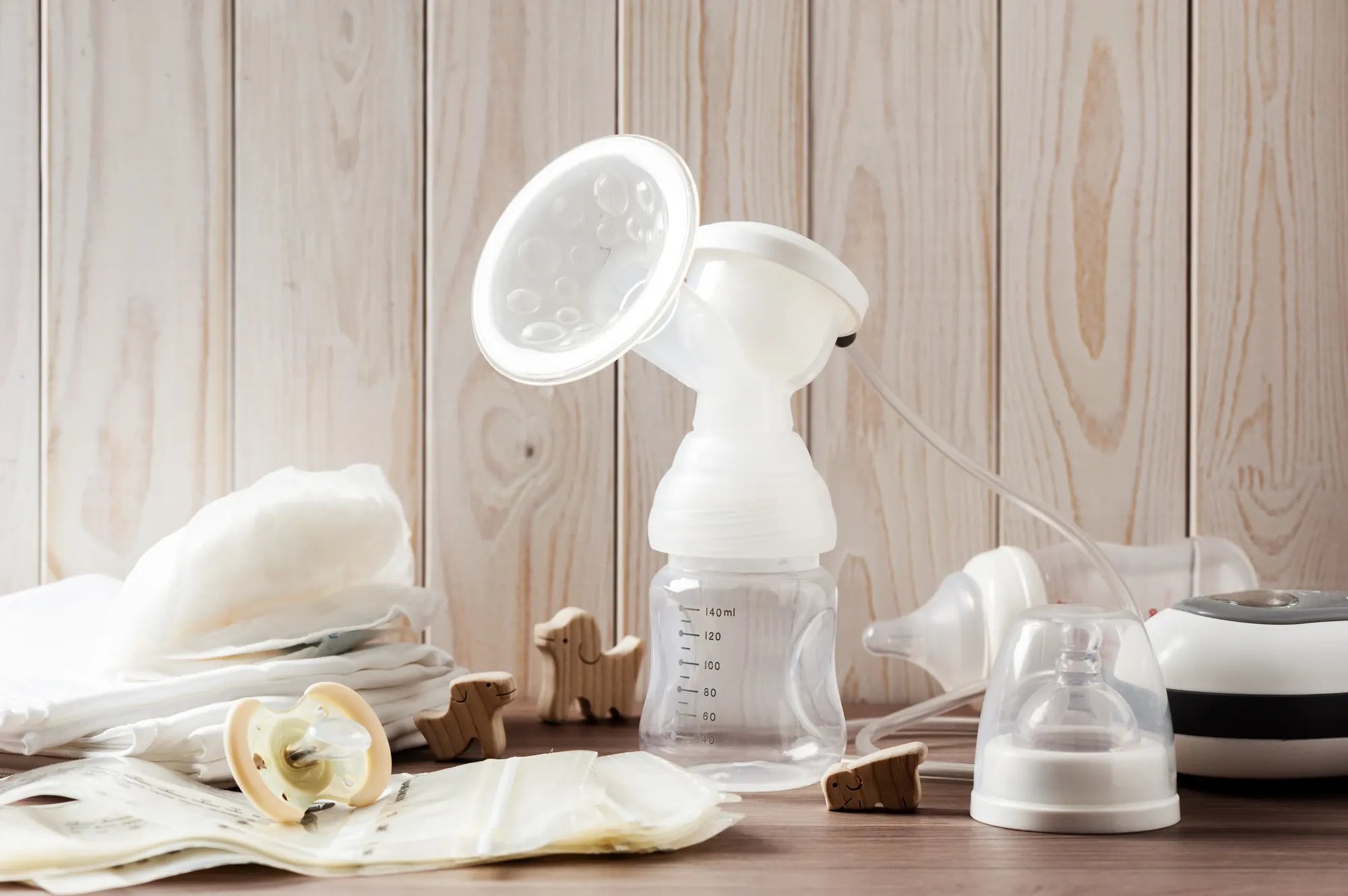Home
Pregnancy, Breastfeeding, and Pumping: The Ultimate Guide for Moms
Will a Breast Pump Induce Lactation? Exploring the Possibilities

Will a Breast Pump Induce Lactation? Exploring the Possibilities
For many individuals, the question of whether a breast pump can induce lactation is both intriguing and important. Whether you're exploring this option for personal reasons, adoption, or surrogacy, understanding the potential of a breast pump to stimulate milk production is essential. This article delves into the science, practical steps, and considerations surrounding this topic to provide a comprehensive guide.
Understanding Lactation and Its Triggers
Lactation is a natural biological process primarily driven by hormonal changes in the body. The key hormones involved are prolactin, which stimulates milk production, and oxytocin, which triggers the release of milk. Typically, lactation begins after childbirth when these hormones are activated. However, it is possible to induce lactation even without pregnancy, and a breast pump can play a significant role in this process.
How a Breast Pump Works to Stimulate Milk Production
A breast pump mimics the sucking action of a baby, which signals the body to produce milk. When used consistently and correctly, a breast pump can stimulate the release of prolactin and oxytocin, encouraging the body to begin or increase milk production. This process is known as induced lactation and is often used by individuals who wish to breastfeed but have not recently given birth.
Steps to Induce Lactation Using a Breast Pump
If you're considering using a breast pump to induce lactation, here are some practical steps to follow:
- Start Early: Begin the process several weeks or even months before you plan to breastfeed. This allows your body time to respond to the stimulation.
- Use the Pump Regularly: Aim to use the breast pump every 2-3 hours, including at night, to mimic a baby's feeding schedule.
- Increase Pumping Duration Gradually: Start with shorter sessions and gradually increase the duration as your body adapts.
- Combine with Other Methods: Consider combining breast pumping with techniques like hand expression, herbal supplements, or prescribed medications to enhance milk production.
Factors That Influence the Success of Induced Lactation
Several factors can impact the effectiveness of using a breast pump to induce lactation:
- Hormonal Balance: Your body's hormonal levels play a crucial role in milk production. Consulting a healthcare provider can help address any imbalances.
- Consistency: Regular and consistent use of the breast pump is essential to stimulate milk production effectively.
- Physical and Emotional Health: Stress, fatigue, and overall health can affect lactation. Prioritizing self-care and relaxation can improve outcomes.
- Support System: Having a supportive network of family, friends, or lactation consultants can make the process smoother and more successful.
Challenges and Considerations
While a breast pump can be a valuable tool in inducing lactation, it's important to be aware of potential challenges:
- Time Commitment: The process requires dedication and time, which can be demanding for some individuals.
- Variable Results: Success varies from person to person, and some may produce only small amounts of milk.
- Physical Discomfort: Prolonged use of a breast pump can cause discomfort or soreness, so proper technique and equipment are crucial.
Seeking Professional Guidance
If you're considering inducing lactation with a breast pump, consulting a healthcare provider or lactation consultant is highly recommended. They can provide personalized advice, monitor your progress, and address any concerns or complications that may arise.
Inducing lactation with a breast pump is a journey that requires patience, dedication, and support. While it may not work for everyone, many individuals have successfully used this method to achieve their breastfeeding goals. Whether you're exploring this option for the first time or seeking to enhance your milk production, understanding the process and seeking professional guidance can make all the difference. Start your journey today and discover the possibilities that await!
Share

